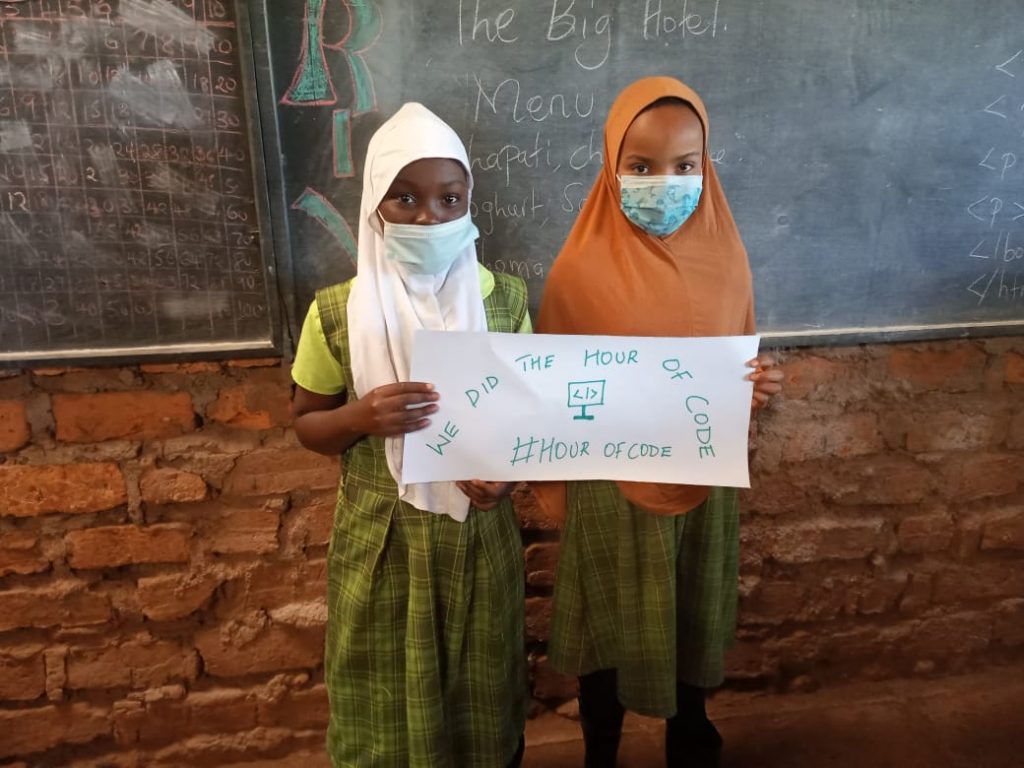Building important life skills for children early
Pupils across Bridge Kenya academies participated in the Hour of Code learning event that took place on October 22. The hour of code is an event that takes place each year during computer science education week in recognition of the birthday of computing pioneer Admiral Grace Murray Hopper. The event is aimed at introducing pupils to computer science and inspiring them to learn more about coding.
The Hour of Code provides children with an opportunity to explore the ways technology impacts our lives from connecting people, helping people, and saving lives. Pupils identified and listed things that use code in everyday life.

The pupils gained special skills like problem-solving, creativity, and logic. The activities required special lesson plans and teachers to prepare pupils with the special lesson guides.
Speaking during the event, Bridge Kenya Managing Director Griffin Asigo said that computational thinking is vital in nurturing skills like problem-solving and creativity, which are indispensable in today’s world.
“Today, technology is transforming every industry on the planet. All children should learn how to create technology, not just use it. By starting early, they’ll have a foundation for success in any 21st-century career path. This is what we practice at Bridge,” said Mr. Asigo.
Bridge Kenya believes that every child has the right to high-quality education and has been serving some of Kenya’s most underserved communities for well over a decade. It’s approach of using innovative technology, and digitizing learning based on the national curriculum has opened a gateway to success for thousands of children. Bridge graduates have excelled in the national exams, KCPE, for six consecutive years. Many have received admission to top national schools, with many others attending universities in Kenya and in the US.

“We are data-driven and evidence-based. We use near real time data, analytics and technology to constantly make changes that improve pupil learning outcomes. We have re-engineered every part of the education system, from teacher training and support, to lesson delivery. The results speak for themselves,” remarked Griffin Asigo.
The best Hour of Code experience includes Internet-connected computers. However, one doesn’t need to have a computer to participate. Pupils can participate in science and literacy activities. Any activity that inspires pupils to learn more about computer science is encouraged at different grade and class levels. The activities are supposed to take an hour or less.
The Hour of Code is a global movement reaching tens of millions of students in more than 180 countries. It started as a one-hour introduction to computer science designed to demystify coding and to show that anybody can learn the basics, and to broaden participation in the field of computer science.
It has since become a worldwide effort to celebrate computer science, expanding to all sorts of community efforts. Over the past years since its inception in 2013, the Hour of Code has reached tens of millions of students in more than 180 countries.
This grassroots campaign is supported by over 400 partners and 200,000 educators worldwide.
